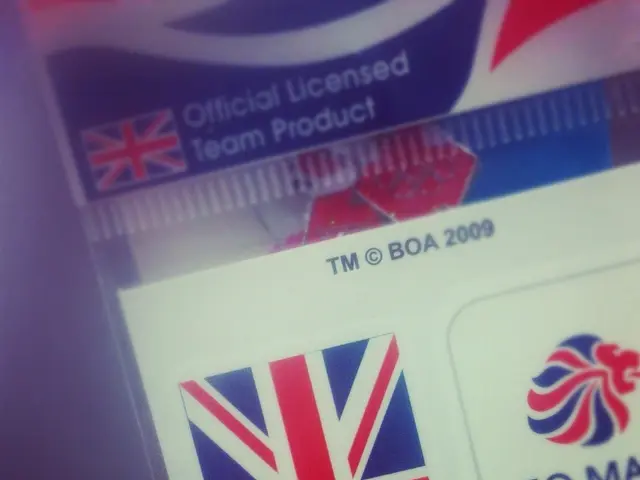Strategies for Successfully Marketing User Experience Design
==========================================================
In the world of business, selling User Experience (UX) work can sometimes be a challenge due to clients' and colleagues' resistance. However, when approached correctly, UX design can be demonstrated as a strategic asset that drives tangible business outcomes. Here are some key tips and strategies to effectively sell UX work to clients.
Link UX to Business Goals
Showcasing the direct impact of UX improvements on key performance indicators (KPIs) such as conversion rates, sales velocity, customer retention, and revenue growth is crucial. Framing UX as a driver of measurable business results, not just aesthetics, is essential.
Demonstrate UX’s Role in Trust and Credibility
For B2B clients, emphasizing the importance of clear, intuitive design and strategic placement of trust signals like client logos and testimonials can build confidence and shorten long sales cycles.
Create Engaging, Emotionally Resonant Experiences
Presenting UX work as a way to forge deeper emotional connections using storytelling and design elements that resonate with user motivations can enhance brand loyalty and advocacy.
Use User Journeys and Research
Mapping and analyzing user journeys to uncover pain points and align design with user needs and expectations reinforces the value and relevance of UX investments.
Simplify Complex Products Using Progressive Disclosure
Explaining how breaking information into digestible steps reduces user friction and learning curves helps users experience value faster.
Showcase Quick Wins with Examples
Using case studies or metrics from past projects, such as conversion increases, engagement boosts, or churn reductions, provides evidence of UX’s business impact.
Frame UX as a Competitive Advantage
Emphasizing that UX sets brands apart in digital markets by making websites and products feel intuitive, trustworthy, and enjoyable influences buying decisions.
Integrate UX into the Entire Sales Process
Positioning UX improvements as part of a dynamic, responsive sales strategy that meets prospects with the right message at the right time improves lead conversion and customer relationships.
Consult More, Speak Less
Actively listening to potential clients can help you genuinely understand them and move the sales process along more efficiently. Consulting more and speaking less can help you better understand your potential clients' needs.
A Balance of Facts, Figures, and Personality
A business case for UX work should have a balance of facts, figures, and personality to avoid turning people off. By combining these approaches, you can translate UX work into a compelling business proposition that resonates with clients’ priorities and shows clear return on their investment.
Adaptability and Tailoring
Reasonable changes to the process should be accommodated to meet the client's needs. Tailoring documents and deliverables to the specific needs of each client can be a significant selling point. Having a clear but flexible process for UX work makes it easier for clients to see what they're investing in.
The Power of Testimonials and Data
Testimonials from satisfied clients can be a powerful tool in the sales process. Using data, such as statistics, charts, graphs, quotes, etc., can strengthen your argument and differentiate you from the competition.
Insights from Neil Rackham's SPIN Sales Book
Neil Rackham's SPIN sales book provides insights into effective question-asking techniques that can be applied when selling UX work. By asking insightful questions, you can better understand your clients' needs and position your UX solutions effectively.
Creating a Visible Space for UX Work
Creating a visible and easily accessible space to showcase UX work can help potential customers understand what you do. By demonstrating your UX capabilities, you can build trust and credibility with potential clients.
By following these tips and strategies, you can effectively sell UX work to clients, focusing on demonstrating how UX design drives tangible business outcomes such as greater user satisfaction, trust, faster sales cycles, and ROI improvements.
- To strengthen the argument for UX design's role in a B2B lifestyle context, it's essential to highlight the strategic placement of trust signals like client logos and testimonials, showcasing how these elements contribute to building confidence and expediting lengthy sales cycles.
- Incorporating technology into UX design projects allows for the creation of emotionally resonant experiences that forge deeper emotional connections with users, enhancing brand loyalty and advocacy.




